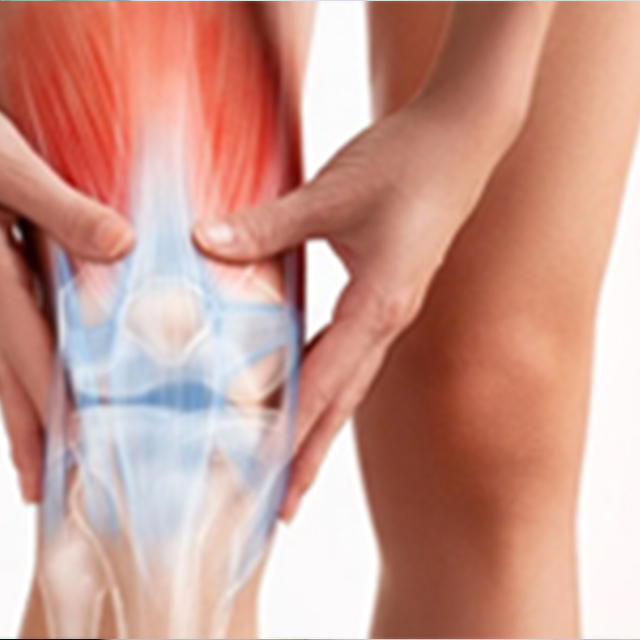
Neurobiological Mechanism of pain
Arthritis
Arthritis
Arthritis is the “swelling and tenderness of one or more joints”. The main symptoms of arthritis are joint pain and stiffness, which typically worsen with age. The most common types of arthritis are osteoarthritis and rheumatoid arthritis.
- Osteoarthritis (OA, also known as degenerative arthritis or degenerative joint disease, and sometimes referred to as "arthrosis" or "osteoarthrosis"), is a condition in which low-grade inflammation results in pain in the joints, caused by wearing of the cartilage that covers and acts as a cushion inside joints.
- Rheumatoid arthritis is a disease in which the immune system attacks the joints, beginning with the lining of joints.
Uric acid crystals, which form when there's too much uric acid in your blood, can cause gout. Infections or underlying disease, such as psoriasis or lupus, can cause other types of arthritis.
Types
- Ankylosing spondylitis
- Gout
- Juvenile idiopathic arthritis
- Osteoarthritis
- Psoriatic arthritis
- Reactive arthritis
- Rheumatoid arthritis
- Septic arthritis
- Thumb arthritis
The researchers have done lot of studies on the arthritis with different types and different medications, causing factors etc., Here are down shows some of the recent studies on the arthritis at different universities and research centers.
- Why people with knee osteoarthritis experience different kinds of pain?
Altered nervous system mechanisms may account for differences in pain
- Osteoarthritis is the most common form of arthritis worldwide, affecting more than 300 million people. It causes substantial pain, functional limitations, and disability in patients.
- The pain experience in patients with knee osteoarthritis changes over time. People initially experience primarily weight-bearing related pain, such as with jogging and stair-climbing. Over time, the pain becomes more persistent and can flare unpredictably.
- To better understand why this change in the pain experience occurs, researchers from the Boston University schools of Medicine (BUSM) and Public Health reviewed data from the Multicenter Osteoarthritis Study about the pain experience of 2,794 older adults with or at risk of knee osteoarthritis.
- They found that people with more pain sensitization were more likely to suffer from constant and unpredictable pain, rather than just intermittent pain. This study has identified for the first time a potential underlying mechanism in the nervous system responsible for why people experience varying pain patterns with knee osteoarthritis.
- "Our findings support the clinical relevance of neurobiological mechanisms that affect the pain experience in knee osteoarthritis, including not only the severity of pain, but whether the pain is intermittent or constant, and whether the pain is unpredictable," said senior author Tuhina Neogi, MD, PhD, professor of medicine and epidemiology at Boston University School of Medicine.
- By understanding the different mechanisms that contribute to the pain experience of knee osteoarthritis, healthcare providers can begin to personalize pain management to each patient.
- For example, if a patient has pain sensitization, therapies that can alter those nervous system signaling pathways may be helpful. This would improve the current 'one-size-fits-all' approach, in which each patient is started with the same treatment and then moved on to something else if the first approach did not work.
- "By understanding these mechanisms, determining ways to identify those mechanisms in the clinic, and developing treatments to target those mechanisms, we can provide better management options to the millions of people worldwide with osteoarthritis," said Dr. Neogi.
References:
- Lisa C. Carlesso, Laura Frey Law, Na Wang, Michael Nevitt, Cora E. Lewis, Tuhina Neogi. The Association of Pain Sensitization and Conditioned Pain Modulation to Pain Patterns in Knee Osteoarthritis. Arthritis Care & Research, 2020; DOI: 10.1002/acr.24437






